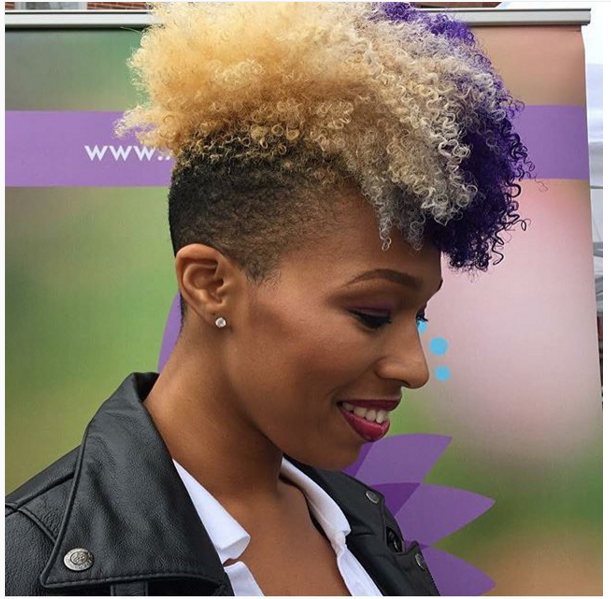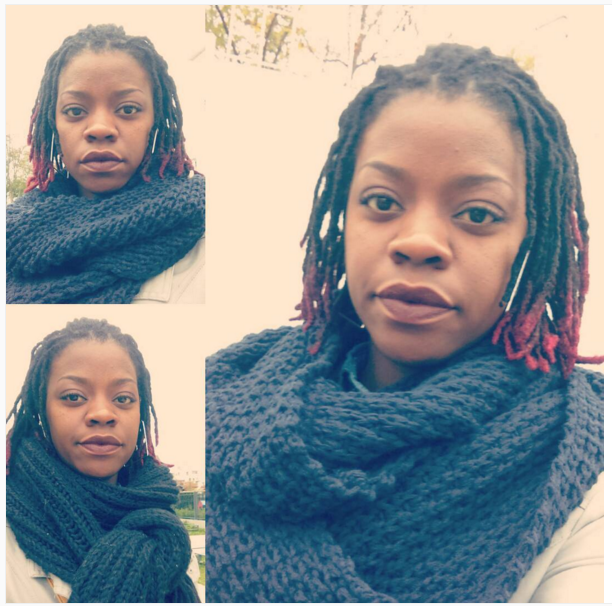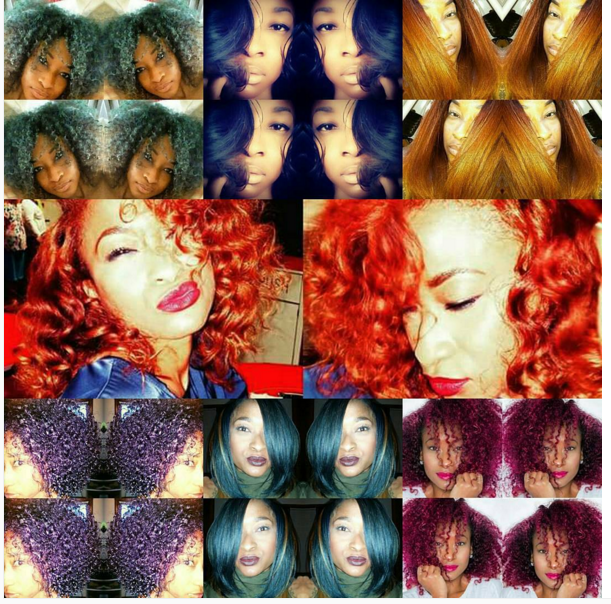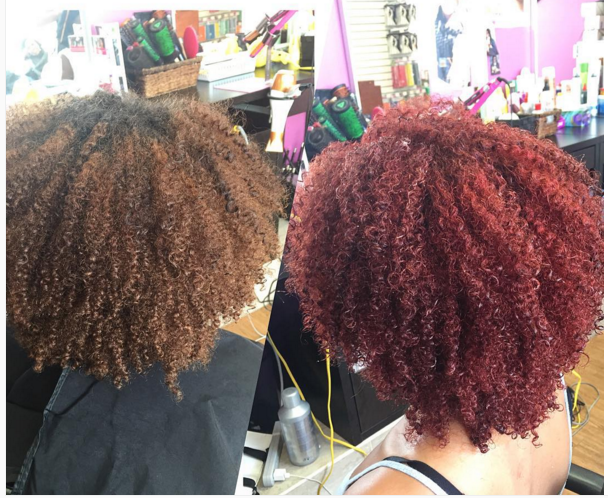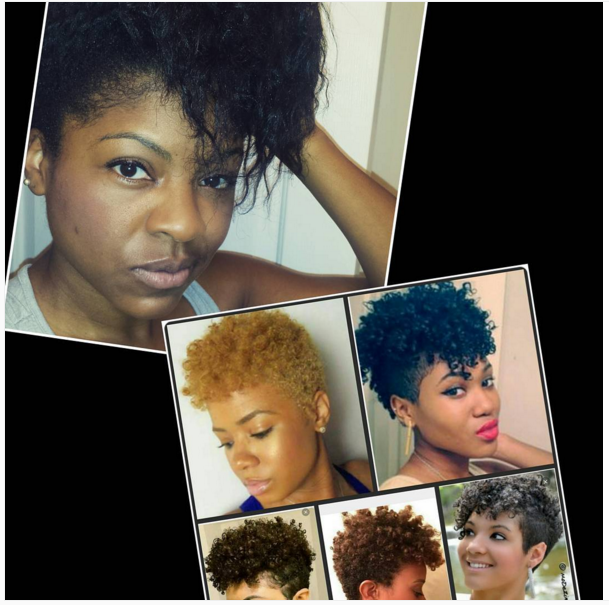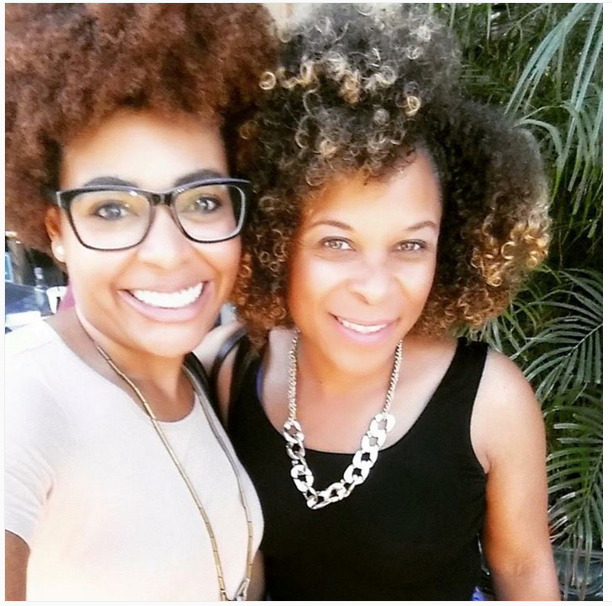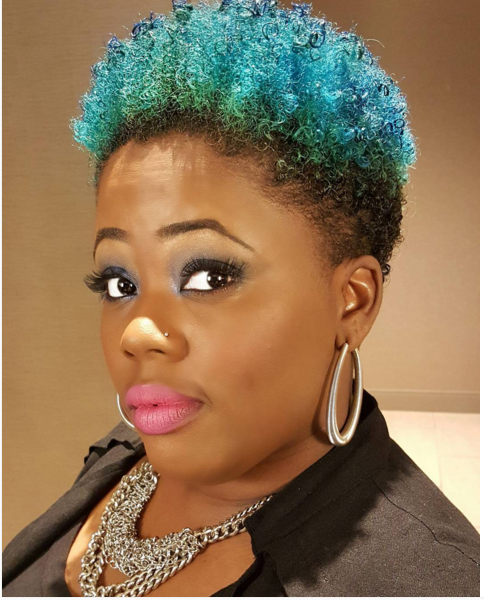What Every Naturalista Should Know About Color
Written By Venus L
One of the best methods of adding a bit of personality to your natural hairstyles, dyeing your hair could prove to be either one of the best, or worse decisions any Naturalista can make. A move that can either make your hair pop or cause substantial damage. While many argue that dyeing your hair means you are no longer natural, this is not at all true. Natural hair is a movement that is designed to get black and brown women to embrace their own hair texture. While everyone has a different definition of what it means to them, it is inaccurate to tell someone they are no longer natural, for dyeing their hair. With that said, there is still an array of factors that every natural woman should consider before dyeing their hair. The following is an overview of 7 things to be informed about, before deciding to dye your natural tresses.
7. Professional Vs. Do-It-Yourself Coloring
One of the first, and most important decisions to make before dyeing your hair, is to do-it-yourself, or to go to a professional. While many may believe that going to a professional is always the best way to go, be advised that many professional salons use harsher chemicals than those available to the public. Also, they sometimes use harsh bleach during the process. While going to a professional who is seasoned in natural hair is recommended, if you don’t have access to such a professional, you may be better off either doing it yourself, or going to a friend or family member.
6. Permanent, Rinse, or Both
In terms of deciding to use a permanent, semi-permanent, or both, there are a number of factors to be considered. First, since permanent dyes can’t simply be rinsed out, you need to decide if you are sure about the color you have chosen and it’s something that you are prepared to live with. On the flip side, rinses are semi-permanent and can be messy as the color rinses out each time you get your hair wet. However, they are great for those who tend to be indecisive or simply prefer variety in terms of their natural hair. Lastly, if you choose to go the bleaching route (not always recommended) you also have the option of bleaching your hair and using semi-permanent dyes in order to change your look up whenever you’d like.
5. Hair Henna & Other Natural Dyes
Another option for dyeing your natural hair is using henna, and other natural dyes. Chemical-free alternatives to dyeing your hair, many Naturalistas prefer to use these types of products as they involve less chemicals. What’s more, henna, in particular, is great for helping to enhance darker hued hair, and also has the ability to strengthen the hair strands as well as promote increased growth. Lastly, many natural hair dyes are typically quite potent, therefore, protecting your skin, hands, and linens will be necessary.
4. Full Head or Partial Dye Job
Next, you’ll also need to decide whether to dye all or part of your hair. While some colors are great for a full dye job, others are just better left to just your ends, or as highlights. In order to decide which works best for you, you may need to first experiment with dyeing part of your hair, before going on to do full dye jobs.
3. Sulfate-free Shampoos
Another important thing to note about dyeing your natural hair, is the need to use sulfate-free shampoos or other products made specifically for color-treated hair. Other products can substantially fade your hair color and can even cause other damages to your tresses. Be sure to acquire the proper products before dyeing your hair, as tampering with your dye job could have dire, long-lasting consequences.
2. Staying Moisturized
Next, an often overlooked element of maintaining your color-treated natural tresses, ensuring that your hair stays consistently moisturized is vital to maintaining healthy natural hair. The dyeing process is known to cause a substantial level of dryness to the hair strands. If your hair is not kept consistently moisturized, this could lead to substantial breakage which could cause irreversible damage to your hair. While there are no particular products one should use, be sure that you are using some sort of oil or moisturizer daily, in order to protect your natural hair.
1. Eye Shadow, Hair Chalk, and Other Temporary Measures
Lastly, one easy, low cost way to experiment with dyeing your natural hair is by using things such as eye shadow, hair chalk, Kool-Aid, color mascara, and other temporary methods of dyeing hair. A great way to install highlights or small patches of color, using these methods can be safe, trendy, and easy. Nevertheless, be sure to keep your hair moisturized as many of these methods can also cause drying of the hair.
Overall, dyeing your hair can be a fun way to embrace your natural hair, while simultaneously setting you apart from the rest. Besides these guidelines, there are no real rules and since no 2 dye jobs are necessarily the same, remember to take some risks and have fun!
-
TWA4now

